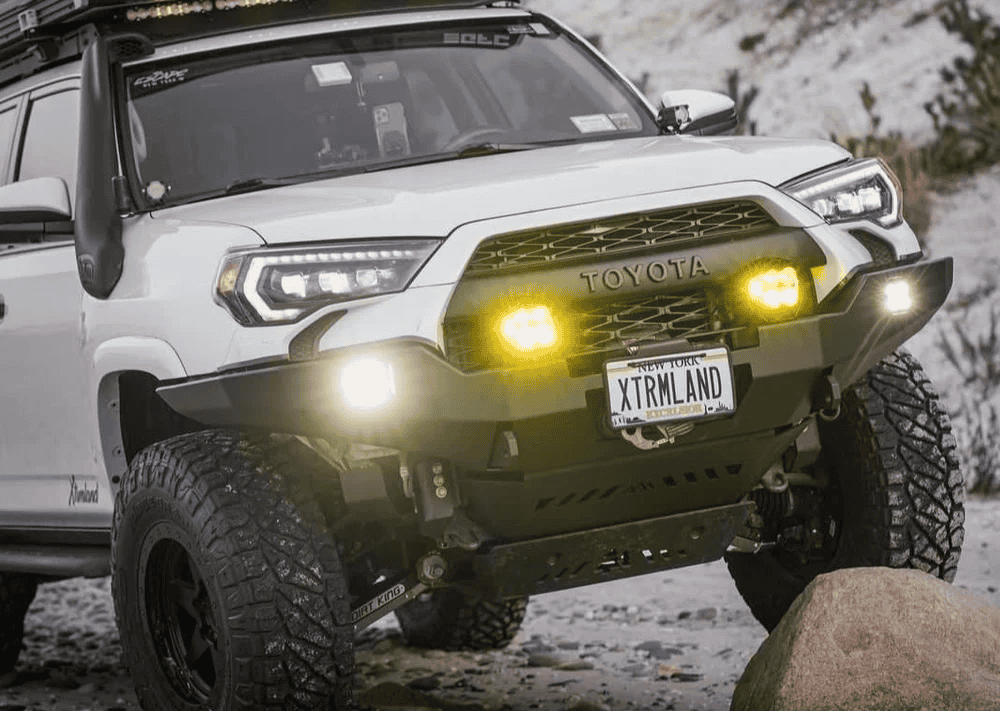Overland Vehicles

Long days on trail or nights off grid ask more from your electrical system than a single starter battery can safely deliver. A dual battery system setup separates critical engine starting from your house battery, so lights, fridge, fans, and inverters do not risk a no start in the morning. By isolating the starter circuit and dedicating a second battery to accessories, you gain predictable runtime, healthier batteries, and a margin of safety during bad weather or extended camp. The arrangement also simplifies troubleshooting because accessory loads live on one clearly fused distribution panel. Think of it as two teams doing different jobs, each protected and optimized for its role.
Traditional solenoid isolators connect batteries only while the engine runs, but they pass alternator voltage without conditioning. Modern DC to DC chargers take alternator power and deliver a correct charge profile for AGM, flooded, or lithium chemistries, even with smart alternators. They also act as an isolator when the engine is off. If you add solar, a combined DC to DC plus MPPT unit provides multi source charging with a single brain, prioritizing solar when available and alternator when driving.
AGM is affordable, tolerant of cold, and simple to mount but prefers limited depth of discharge. Lithium iron phosphate offers high usable capacity, fast charging, and low weight, yet needs a battery management system and cold temperature protection. Flooded batteries are cost effective but require venting and maintenance. Match chemistry to your climate, payload limits, budget, and expected cycle depth.
High current paths demand the right wire gauge and short runs to minimize voltage drop. Use fine strand marine grade cable where possible and crimp with calibrated tools. Place a main fuse or breaker within a few inches of each battery positive post. Protect every branch circuit with appropriately sized fuses and use quality bus bars and distribution blocks to keep wiring clean, serviceable, and safe.
Start battery stays in the factory bay, while the house battery rides in a secure, ventilated enclosure near loads and chargers. Keep heavy cable runs short and avoid routing near exhaust or sharp edges. Charging hardware performs best with airflow; mount DC to DC chargers and inverters on rigid surfaces with heat sinks exposed and follow manufacturer clearance specs. Bond all negatives to a common ground point tied to chassis with a short, robust strap. Label everything. Future you will thank you on a rainy roadside.
Estimate daily consumption for fridge, lights, fans, water pump, heater, and devices. Add inverter loads with surge taken into account. Convert everything to amp hours at system voltage to size the battery bank with a comfortable reserve for cloudy days or extended basecamp. Oversize slightly to reduce depth of discharge and extend battery lifespan.
Solar offsets idle time and keeps parasitic loads in check, especially for vehicles stored between trips. Angle is a bonus, but flat roof arrays still deliver valuable charge hours. For shore power, a smart charger with appropriate profiles tops off while you pack, pre cool the fridge, or during a cold spell. A three way charging approach alternator plus solar plus shore gives redundancy that keeps trips running.
A shunt based battery monitor displays state of charge, current, and historical usage. Temperature sensors protect lithium in cold and help optimize charge rates. Add low voltage cutoffs for sensitive devices and a master switch for the house system. Keep a Class BC fire extinguisher accessible and perform periodic torque checks on lugs.
A clean dual battery system setup pays off every day. The fridge stays cold, fans stay quiet, and the engine fires promptly after a week of storms. It is the difference between managing power anxiety and actually enjoying camp.
Our team builds electrical systems inside full custom vans and overland trucks with the same discipline used above. Whether you pursue long range travel or extended trail days, we integrate alternator, solar, and shore charging with safe routing, proper protection, and future friendly serviceability. See how those foundations translate to capability in our rigs on the road with this overview of Explore overland rigs.
If your project demands reinforced suspension, racks, recovery gear, and a dialed electrical core in one coordinated plan, our Custom overland upfit path aligns power needs with chassis upgrades, storage, and interior. For a deeper look at our process and why travelers trust us with mission critical details, visit Why choose OZK Customs.
Your system should start every time, charge while you drive, and keep camp quiet at night. OZK Customs designs and installs complete electrical packages inside custom van builds and overland rigs, from DC to DC charging to fused distribution and monitoring. We deliver turnkey solutions as part of full builds or partial upfits that match your route, climate, and gear.
Services we provide
Tell us what you drive and how you travel and we will map a dependable system that fits the vehicle and your goals.
Ready for dependable off grid power that starts every time and runs everything you need? Tell us about your vehicle and goals. OZK Customs designs and installs turnkey electrical systems inside full custom builds or partial upfits, integrating alternator, shore, and solar charging with clean wiring, proper fusing, and tested components. Send your build details now and get a tailored plan, timeline, and quote.
ADDRESS:
6159 E Huntsville Rd, Fayetteville, AR 72701
PHONE:
(479) 326-9200
EMAIL:
info@ozkvans.com